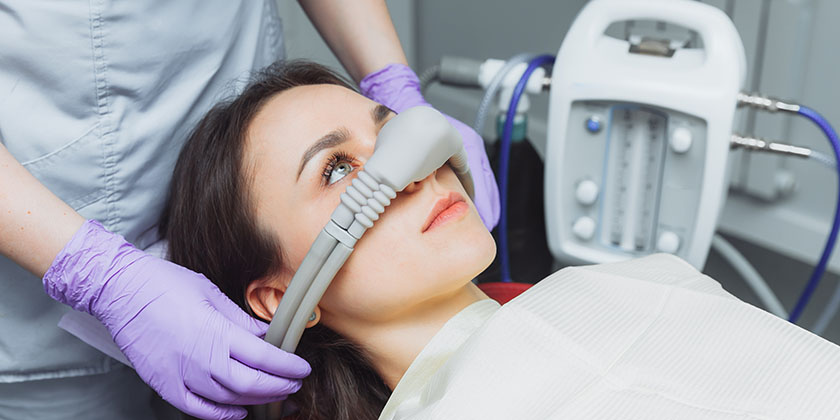Sedation dentistry is the use of medication to help you feel relaxed and calm during dental procedures. It mostly uses a moderate level of sedation called conscious sedation, so you’re still awake but not entirely aware, especially of the pain and discomfort. You’re still conscious but very relaxed. Read on for everything you need to know about sedation dentistry.
People Who Need Sedation Dentistry
Sedation dentistry can benefit people of all ages. It is usually recommended by dentists for people who have dental anxiety, an overly sensitive gag reflex, extremely sensitive teeth, fear of visiting the dentist, fear of dental pain, or claustrophobia. People who have special needs including cognitive and behavioral needs can also benefit from sedation dentistry.
Types of Sedation
The level of sedation varies depending on the patient’s needs. Factors that determine this include the length of the dental procedure, the patient’s level of anxiety, health conditions, and the patient’s preferences. The most commonly used types are nitrous oxide (“laughing gas”), oral sedation, and intravenous sedation. Nitrous oxide is inhaled through a mask and you can feel the calming effects within minutes. In oral sedation, you are given a medicine (usually a pill) one hour before your procedure. It makes you drowsy but you would still be mostly conscious. In intravenous sedation, you will fall asleep and have virtually no memory of the entire process.
Before Sedation Dentistry
An initial consultation with your dentist will involve determining suitable sedation options. They will also take note of your medical history and any medications you might be taking. Your dentist will let you know whether you can continue taking the medication before the procedure or skip them for the time being. In most cases, you would be required not to eat or drink for six hours prior to your appointment.
During Sedation Dentistry
Medications will be given before the procedure, depending on the type of sedation determined. Afterward, your dentist will still administer a local anesthetic to your teeth and gums to help numb the area during your procedure.
After Sedation Dentistry
If you choose to have nitrous oxide, you can go home on your own. However, if you choose to have oral or intravenous sedation, you will need someone you trust to drive you home. The sedation takes some time to wear off, so you will need to go home and rest.
Risks and Complications
While sedation dentistry is usually safe, there is a small risk of complications. These risks are short-term and could include dry mouth, nausea, vomiting, and drowsiness that lingers. More serious side effects such as allergic reactions are rare.
Recovery Time
Recovery time varies depending on the type of sedation and how you respond to the medication. Nitrous oxide wears off the fastest and you can drive home around 30 minutes after your appointment. For oral and intravenous sedation, full recovery time is usually around 24 hours. You can typically consume food and drinks immediately, depending on your procedure and comfort level.
When You Should See Your Healthcare Provider
See your healthcare provider if you develop symptoms such as nausea, vomiting, severe pain that does not subside with medication, or a fever above 101 degrees Fahrenheit. We hope the above has helped you understand more about sedation dentistry. Contact us for more information!


